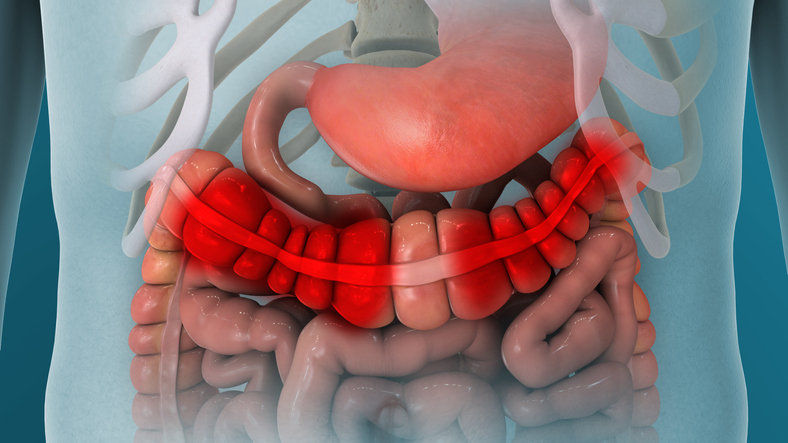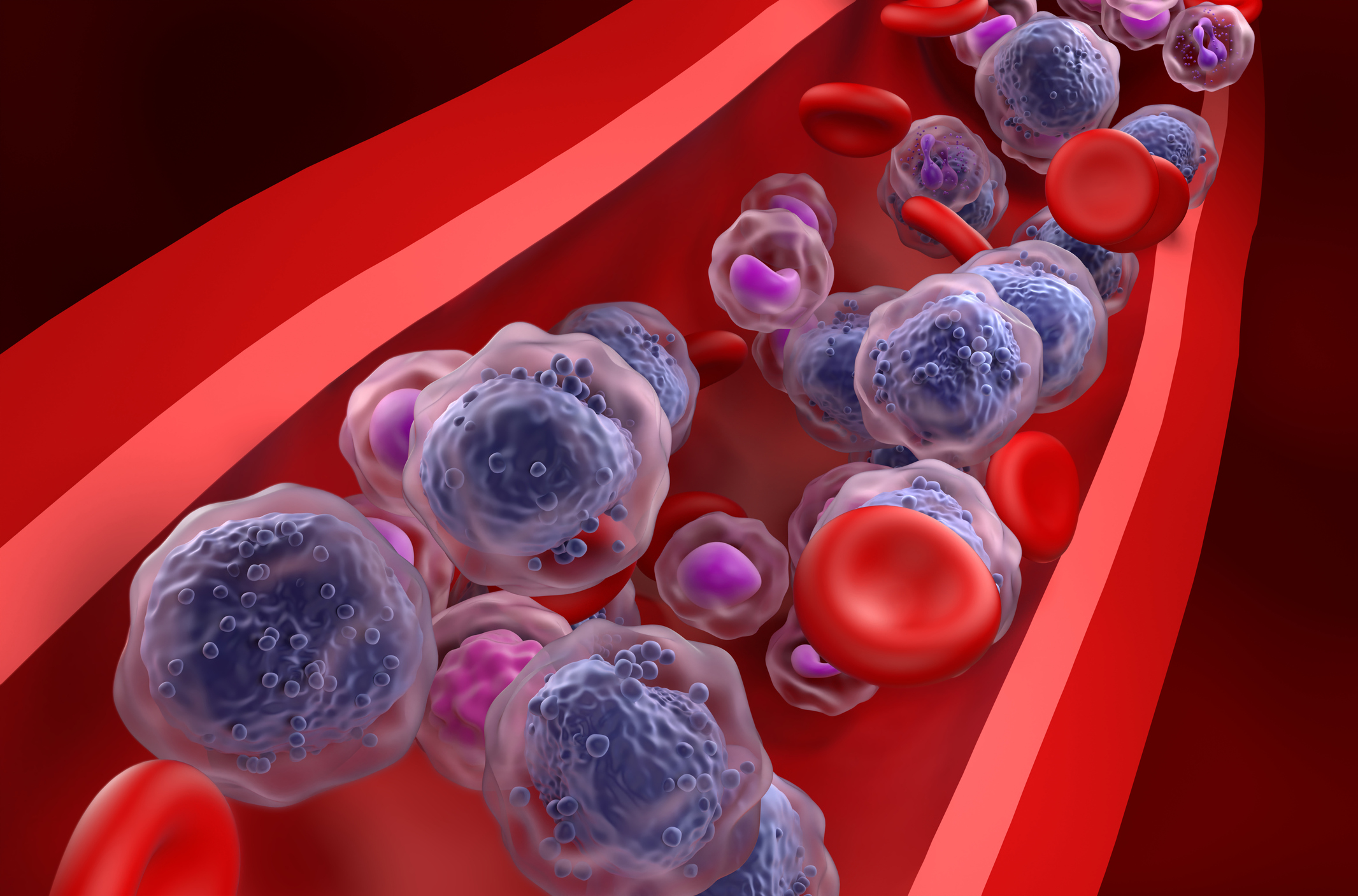Dr. Garcia-Manero Talks About the Impactful MDS/AML Moon Shot® Program
By Kerri Fitzgerald - Last Updated: February 2, 2023Guillermo Garcia-Manero, MD, of the Department of Leukemia at MD Anderson Cancer Center, discusses the MD Anderson Cancer Center’s MDS/AML Moon Shot® program, which supports important research projects that would be difficult to obtain traditional funding for.
—
Can you talk about the MDS/AML Moon Shot® program you run at MD Anderson? What are the goals and some of the outcomes of the program?
Dr. Garcia-Manero: This is a really important initiative. It started with our prior president Dr. Ronald DePinho. The idea was to focus on projects in house that if we got extra support from the institution could deliver big ideas and change outcomes. I believe large institutions should invest part of their revenue on programs that could foster internal research that may be difficult to fund through the National Institutes of Health or other traditional funding sources.
I’ve been the leader of this program ever since, and it has been a fantastic opportunity where we receive support for projects that otherwise would be difficult to fund and that have helped us significantly. We currently have four projects within the program.
One project, led by Dr. Koichi Takahashi, started looking at clonal hematopoiesis and the emergence of myeloid disorders. The second project is very important to me, because it’s the MDS project; it is led by Dr. Simona Colla. She has identified the stem cell hierarchy in patients with MDS and identified vulnerabilities that may predict who may or may not respond to particular type of therapy. That finding was totally serendipitous. We were not trying to do that, but she has analyzed almost 400 MDS samples at the stem cell level, and we have a very detailed map of how hematopoesis is distorted in those patients. This is helping us decide what will be the next line of therapy for patients.
Then, Dr. Katy Rezvany is working on a project on a new generation of natural killer chimeric antigen receptor (CAR) T cells, mostly in CD70, but it’s a platform that we could use for multiple other epitopes, covering both MDS and acute myeloid leukemia (AML). Finally, there is a very interesting project by Dr. Michael Andreeff looking at minimal residual disease from a totally different angle, particularly looking at patients with a high risk of relapse with TP53 mutation.
One thing that makes me really proud of this project is that the leaders of the projects are what you would consider junior to mid-level career investigators. Not only is this a phenomenal research tool for us that would be difficult to complete otherwise, it’s also significantly helping the careers of emerging faculty members that I think are going to be the leaders in the field in the years to come.
Mentoring them through this process is something I’m very proud of. I think this is an incredible initiative, and I would think that a lot of institutions would look into this and perhaps try to mirror it.






 © 2025 Mashup Media, LLC, a Formedics Property. All Rights Reserved.
© 2025 Mashup Media, LLC, a Formedics Property. All Rights Reserved.